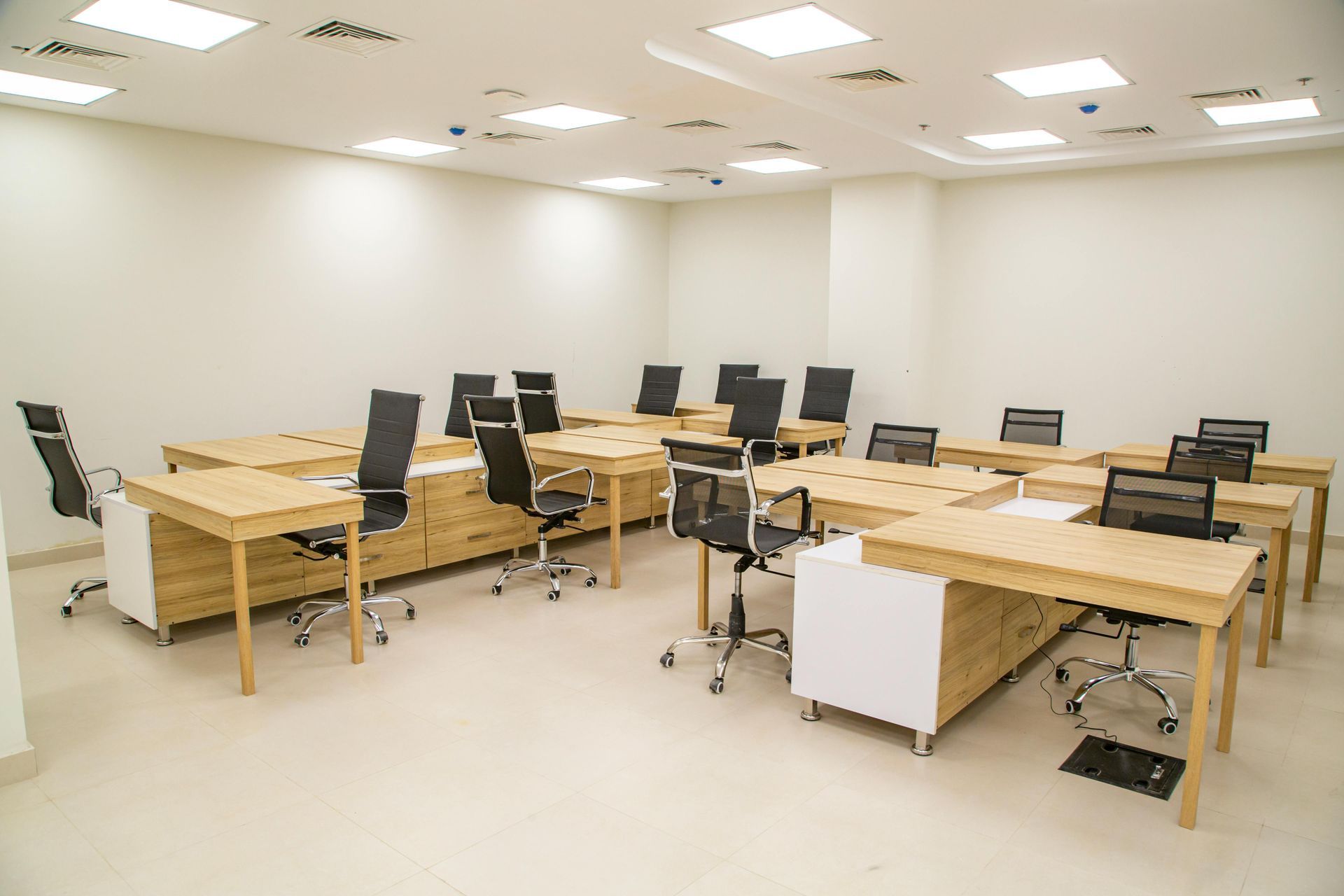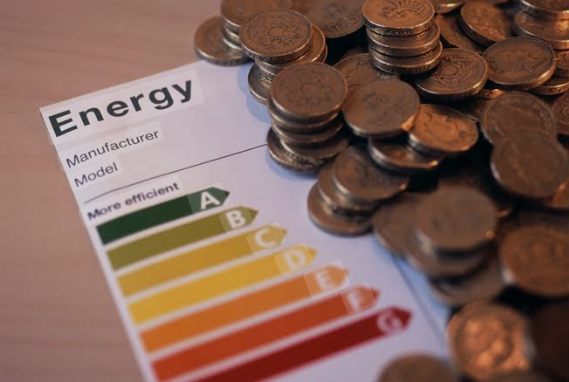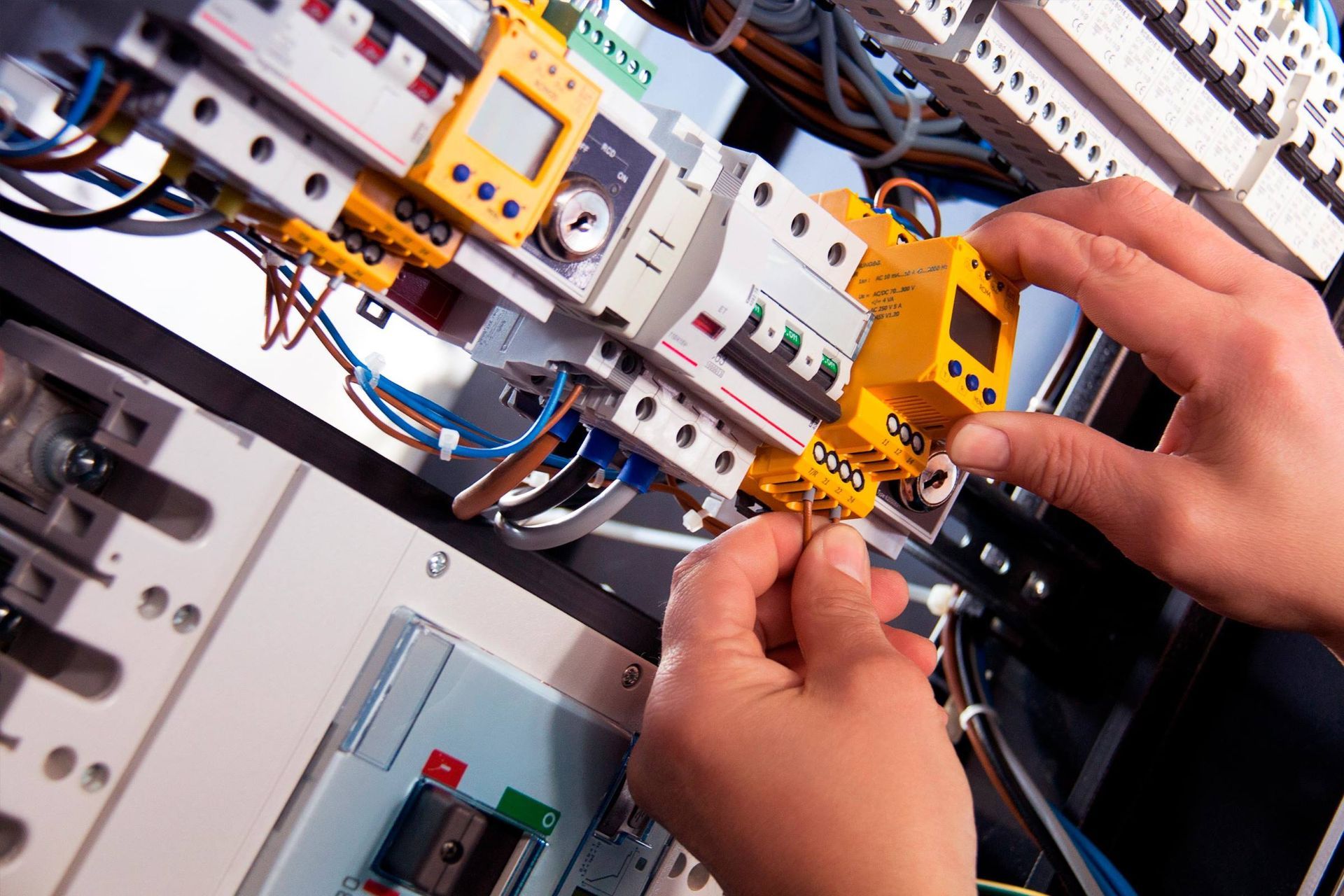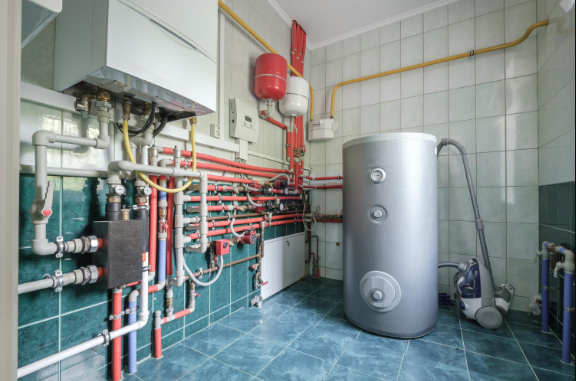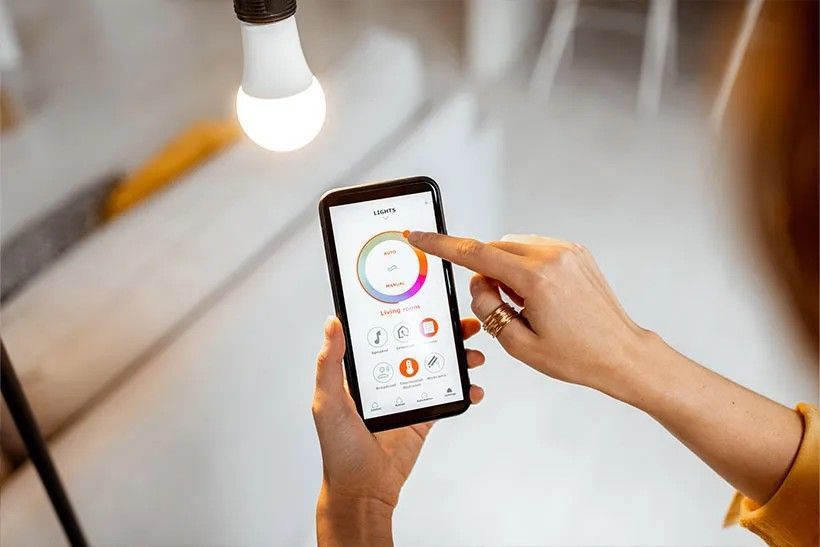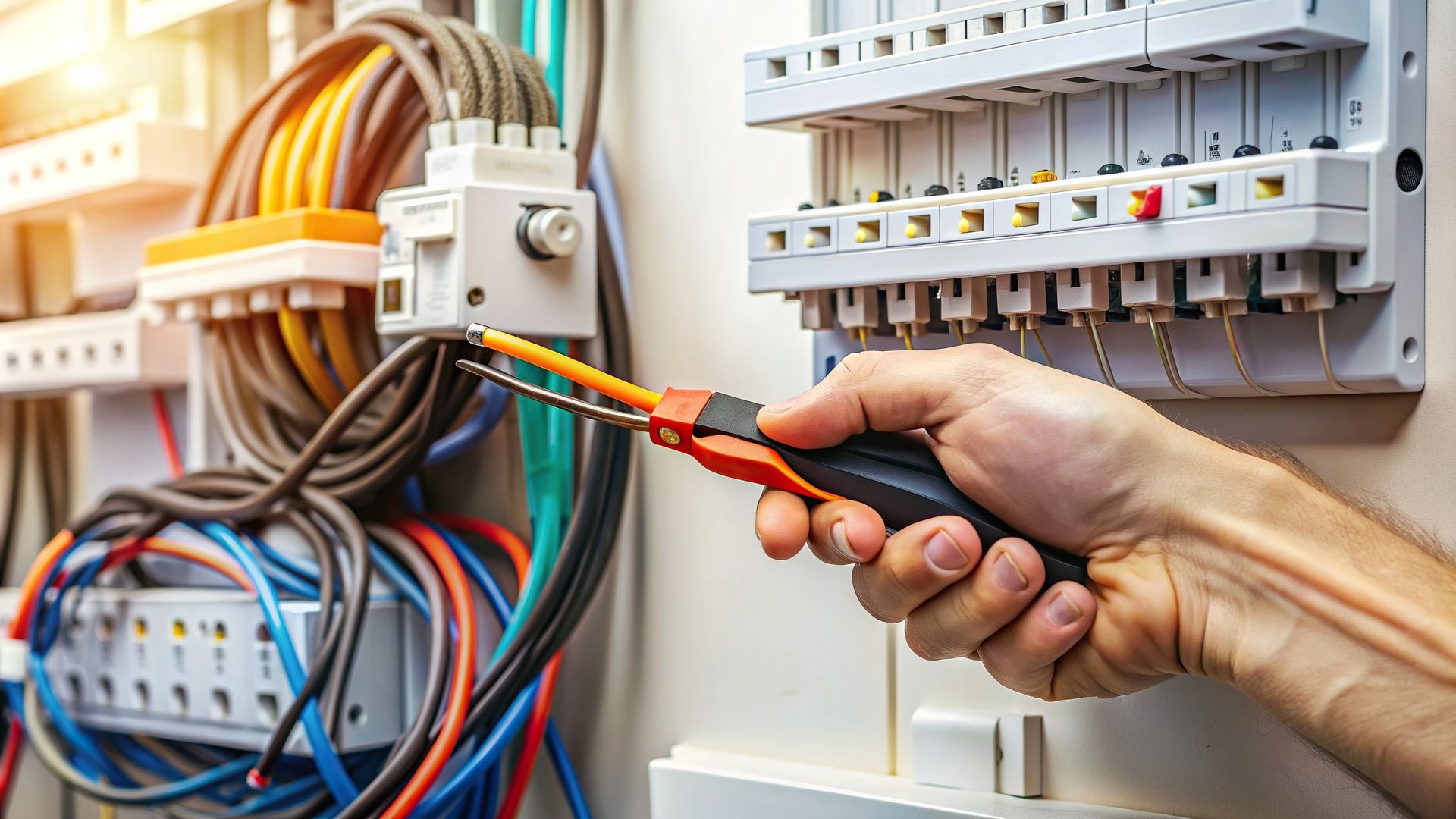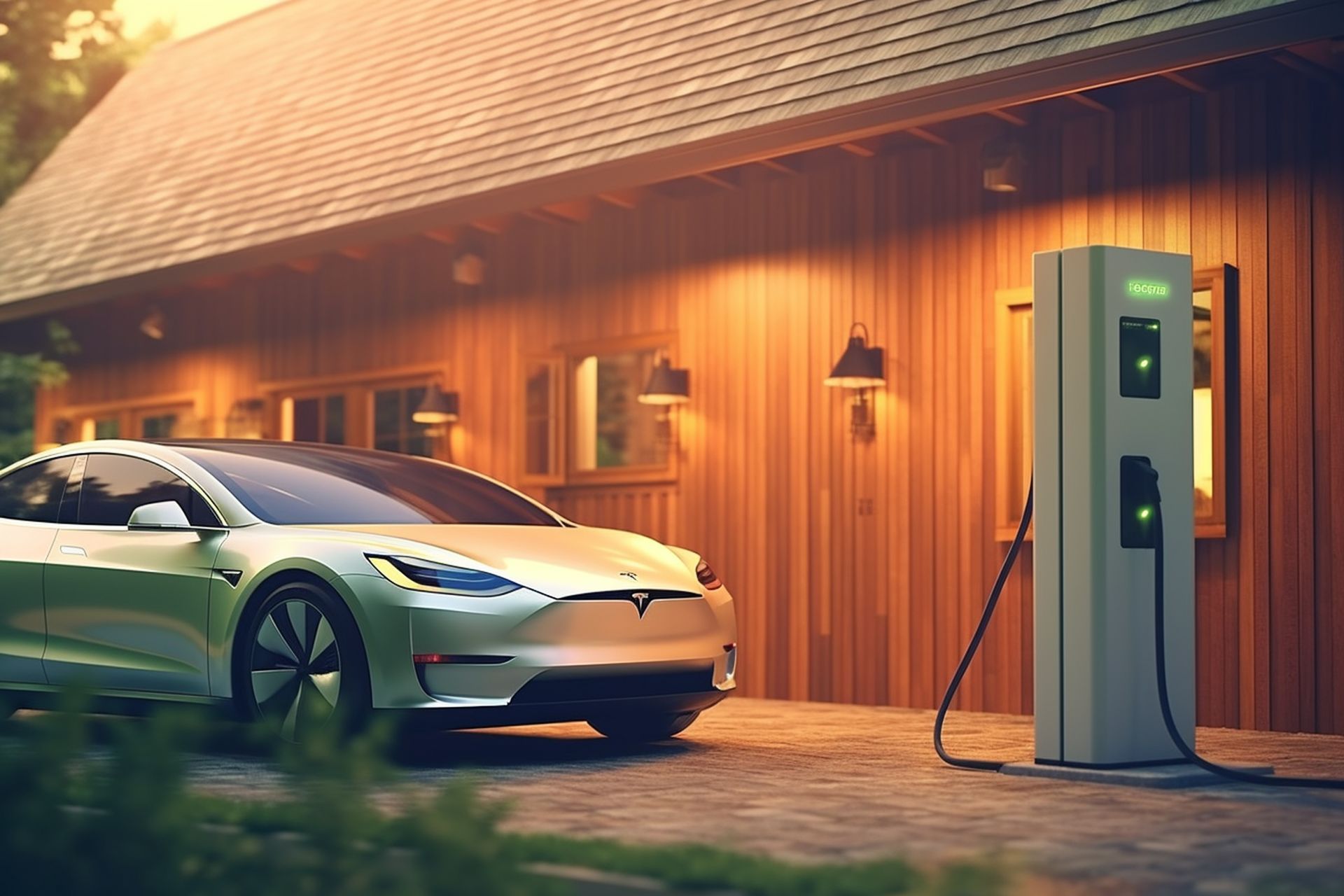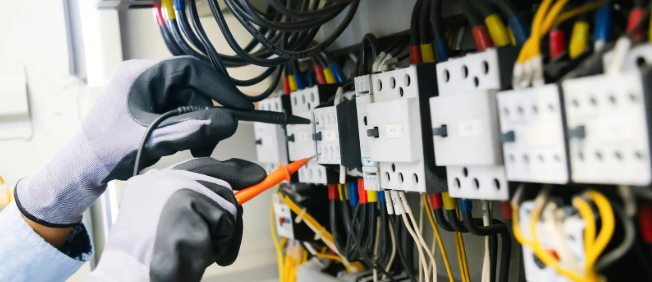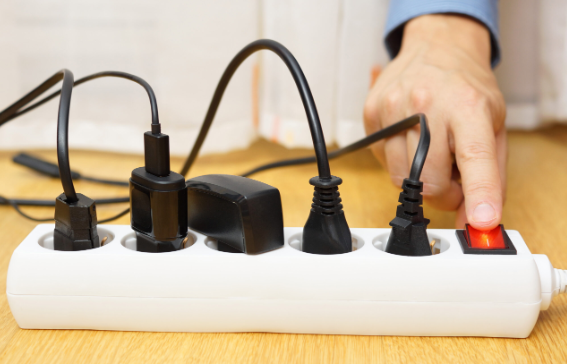Top Energy-Efficient Lighting Upgrades for Commercial Spaces
Commercial Lighting Upgrades that Deliver the Best Return on Investment.
Illuminating the Path to Energy Savings
In our previous blogs, we explored Ontario's 2025 lighting rebate programs and how the Save on Energy Instant Discounts Program makes upgrading your lighting more affordable than ever. Now, let's focus on which commercial lighting upgrades deliver the best return on investment for Toronto and GTA businesses. At BradCon Electrical, we've helped countless local companies transform their lighting systems to reduce energy costs while improving workplace environments. The right lighting isn't just about saving money—it's about creating spaces where people can work comfortably and efficiently.
LED Troffers: The Office Lighting Revolution
Traditional fluorescent troffers have dominated office lighting for decades, but LED alternatives now offer compelling advantages for any commercial space. These rectangular fixtures, designed to fit into standard ceiling grids, are among the most effective upgrades for businesses looking to reduce energy consumption.
Benefits of LED Troffers vs. Fluorescent
Modern LED troffers provide several significant improvements over their fluorescent counterparts:
- Superior Energy Efficiency: According to the Department of Energy, LED troffers can reduce energy consumption by more than 25% compared to traditional fluorescent systems Access Fixtures, with many installations achieving even higher savings.
- Extended Lifespan: The average lifespan of an LED troffer is approximately 50,000 hours—about 12 times longer than standard fluorescent fixtures LightingX. This dramatic longevity reduces maintenance costs and workplace disruptions.
- Enhanced Light Quality: LED troffers produce more consistent, flicker-free illumination that reduces eye strain and workplace fatigue. Many models also offer adjustable color temperatures to optimize productivity.
- Control Compatibility: Unlike fluorescent fixtures, LED troffers easily integrate with modern control systems including occupancy sensors, daylight harvesting, and centralized building management systems.
- Reduced Heat Output: LEDs generate significantly less heat than fluorescent fixtures, decreasing the load on your air conditioning system for additional energy savings.
For office environments, conference rooms, and similar workspaces, the 2x2 and 2x4 LED troffer formats provide ideal replacements for outdated fluorescent fixtures while maintaining familiar lighting patterns.
LED Panel Lights: Modern Alternative to Troffers
LED panel lights represent another excellent option for office lighting upgrades, particularly in spaces where a more contemporary aesthetic is desired. These ultra-thin, edge-lit fixtures provide even illumination across their entire surface.
Advantages of LED Panels
- Sleek, Modern Design: The slim profile and frameless appearance create a clean, architectural look that enhances modern office environments.
- Uniform Light Distribution: LED panels often deliver higher light output than comparable troffers—for example, a 45W 2x4 LED panel can produce around 5,850 lumens compared to 4,725 lumens from a similar troffer ELEDLights.
- Versatile Installation Options: Available in recessed, surface-mount, and suspended configurations to suit various ceiling types and design requirements.
- Glare Reduction: Many LED panels feature diffusers specifically designed to minimize glare on computer screens, an important consideration for office environments.
LED panels are particularly effective in reception areas, executive offices, and other spaces where appearance is as important as functionality.
High-Bay LED Lighting: Warehouse and Industrial Efficiency
For commercial and industrial spaces with high ceilings (typically 15 feet or higher), high-bay LED fixtures provide exceptional illumination while dramatically reducing energy consumption. These powerful fixtures are ideal for warehouses, manufacturing facilities, gymnasiums, and retail environments with open ceiling plans.
High-Bay LED Features and Benefits
- Significant Energy Reduction: When converting from metal halide or fluorescent lighting to LED high-bays, businesses can expect to save approximately 50% on lighting energy costs—and up to 90% when combined with motion sensors in areas with intermittent activity LED Lighting Supply.
- Improved Light Quality: LED high-bays deliver more consistent illumination with better color rendering than traditional HID lighting, improving workplace safety and productivity.
- Instant-On Capability: Unlike metal halide fixtures that require warm-up periods, LED high-bays provide immediate full brightness—particularly valuable in areas where lighting is cycled on and off frequently.
- Extended Lifespan: Quality LED high-bay fixtures can last up to 100,000 hours, dramatically reducing the maintenance challenges associated with replacing lamps in high-ceiling environments ELEDLights.
Types of High-Bay LED Fixtures
Two main categories of high-bay LED fixtures are available for commercial applications:
- UFO/Round High-Bays: These compact, circular fixtures are ideal for commercial and industrial settings that require broad, powerful illumination, particularly in spaces with ceilings exceeding 20 feet in height Warehouse Lighting. They're excellent for environments like factories, workshops, and assembly areas.
- Linear High-Bays: These rectangular fixtures resemble traditional fluorescent high-bays but provide significantly better performance. Their shape makes them ideal for illuminating aisles and directional spaces in warehouses and retail environments.
When selecting high-bay fixtures, factors including ceiling height, desired light levels, and activity patterns should determine the optimal configuration for your specific environment.
Smart Lighting Controls: Multiplying Energy Savings
While upgrading to LED fixtures provides substantial energy savings on its own, integrating smart lighting controls can further reduce consumption by 30-50%. These systems ensure lights are only used when and where needed, at appropriate brightness levels.
Essential Control Technologies
- Occupancy/Vacancy Sensors: Automatically activate lights when spaces are occupied and turn them off after periods of inactivity—ideal for bathrooms, storage areas, and intermittently used spaces.
- Daylight Harvesting: These systems adjust lighting levels based on available natural light, optimizing energy use and user comfort throughout the dayVorlane.
- Scheduling Controls: Program lighting operation to align with business hours and activities, preventing unnecessary illumination during unoccupied periods.
- Task Tuning: Adjust light output levels based on specific activities and user preferences, preventing over-lighting and wasted energy.
- Networked Lighting Management: Advanced systems allow building managers to control lighting from a centralized system, even using smartphones for remote operationIncentive Rebate360.
The Ontario rebate programs we discussed previously often provide additional incentives for integrated control systems, making them even more cost-effective for Toronto businesses.
Task Lighting: Targeted Illumination for Workspaces
While ambient lighting provides general illumination for commercial spaces, task lighting focuses on specific work areas where detailed visual tasks are performed. By providing concentrated light where needed, task lighting allows for lower overall ambient light levels, reducing energy consumption while improving visual comfort.
Effective Task Lighting Solutions
- LED Desk Lamps: Adjustable fixtures that provide personal lighting control for individual workstations.
- Under-Cabinet Lighting: Linear LED fixtures that illuminate countertops, workbenches, and other horizontal work surfaces.
- Adjustable Track Lighting: Directional fixtures that can be aimed at specific work areas or displays.
By implementing a layered lighting approach that combines efficient ambient lighting with strategically placed task lighting, businesses can optimize both energy performance and workplace functionality.
Exterior LED Lighting: Safety and Efficiency
Commercial lighting upgrades shouldn't stop at the building's walls. Parking lots, walkways, and building perimeters present significant opportunities for energy savings and improved safety through LED conversion.
Exterior Lighting Opportunities
- Parking Lot Fixtures: Modern LED pole lights consume 50-75% less energy than metal halide or high-pressure sodium fixtures while providing better visibility and color rendering.
- Wall Packs and Floodlights: LED versions offer dramatic energy savings over traditional HID fixtures while enhancing security through improved light quality.
- Canopy Lights: For covered entrances and loading areas, LED canopy fixtures provide better illumination while reducing energy and maintenance costs.
Many exterior lighting applications operate for extended hours, making them excellent candidates for both LED conversion and intelligent control integration.
Choosing the Right Fixtures for Your Space
Selecting the optimal lighting upgrades requires careful consideration of your specific commercial environment. Here are key factors to evaluate when planning your lighting retrofit:
Assessment Criteria for Commercial Lighting
- Space Function: Different activities require different lighting approaches—an office environment has different needs than a warehouse or retail space.
- Ceiling Height: This determines the appropriate fixture type and light distribution pattern for optimal coverage.
- Operating Hours: Spaces with extended operating periods typically achieve faster payback on lighting upgrades.
- Current System Performance: Measure existing light levels to identify over-lit and under-lit areas that could benefit from redistribution.
- Control Opportunities: Assess potential for occupancy sensing, daylight harvesting, and scheduling based on usage patterns.
A professional lighting assessment from BradCon Electrical can help identify the most effective upgrade strategy for your specific commercial environment.
Measuring Success: Beyond Energy Savings
While reduced energy consumption is a primary motivation for lighting upgrades, comprehensive evaluation should consider additional benefits that contribute to the total return on investment.
Holistic Benefits of LED Lighting Upgrades
- Maintenance Reduction: Modern LED lighting typically lasts more than eight times longer than older technologies, significantly reducing maintenance costs associated with lamp replacement Peak 5 Energy.
- Improved Productivity: High-quality lighting enhances workplace safety, reduces eye strain, and contributes to better focus and productivity among employees Starbeam Lighting.
- Enhanced Appearance: Contemporary LED fixtures can transform dated commercial spaces, improving both customer and employee perceptions.
- Environmental Impact: By 2027, widespread LED adoption could reduce electricity use equivalent to the annual output of 44 large power plants, leading to more than $30 billion in savings ENERGY STAR.
When calculating your expected return on investment, be sure to factor in these additional benefits beyond simple energy cost reduction.
Leveraging Your Investment
The transition to energy-efficient lighting represents one of the most valuable investments available to commercial property owners and tenants. By combining high-performance LED fixtures with intelligent controls and taking advantage of available rebate programs, Toronto businesses can achieve remarkable returns while improving their work environments.
As we've discussed in our previous blogs on Ontario's lighting rebates and the Instant Discounts Program, now is an ideal time to implement these upgrades. Current incentives significantly reduce initial costs, accelerating your payback period and improving overall return on investment.
The commercial lighting landscape continues to evolve rapidly, with new technologies and improving efficiencies providing ever-better options for businesses. By working with experienced lighting professionals like BradCon Electrical, you can ensure your lighting upgrade delivers maximum value both today and for years to come.
If you're ready to explore how these energy-efficient lighting solutions could benefit your commercial space, contact BradCon Electrical at (416) 881-4212. Our team provides comprehensive lighting assessments, detailed energy savings projections, and turnkey installation services to make your lighting upgrade as seamless and profitable as possible.
Frequently Asked Questions
What is the typical payback period for commercial LED lighting upgrades?
Most commercial LED lighting projects achieve payback within 2-4 years through energy savings alone. When including maintenance savings and available rebates, many projects reach positive cash flow in under 2 years. Spaces with extended operating hours (such as 24/7 facilities) generally see the fastest return on investment.
Can LED lighting be installed in existing fixtures, or do I need complete replacements?
Many commercial fixtures can be retrofitted with LED components rather than replaced entirely. Options include LED tube replacements for fluorescent fixtures, LED retrofit kits for recessed troffers, and LED lamp replacements for various fixture types. While full fixture replacement often provides optimal performance and efficiency, retrofit solutions can offer excellent results with lower initial investment.
How disruptive is a commercial lighting upgrade to daily operations?
A well-planned lighting upgrade can minimize disruption to your business operations. Many installations can be performed during off-hours or in phases to accommodate your schedule. BradCon Electrical works with clients to develop installation plans that maintain necessary lighting levels throughout the upgrade process, ensuring continuity for your business activities.
How do lighting controls affect energy savings in commercial buildings?
Sophisticated lighting controls can multiply the energy savings from LED upgrades by ensuring lights operate only when and where needed, at appropriate levels. Control strategies like occupancy sensing, daylight harvesting, and scheduling typically reduce lighting energy use by an additional 30-50% beyond the savings from LED conversion alone. These systems are particularly effective in spaces with variable occupancy patterns or access to natural daylight.

